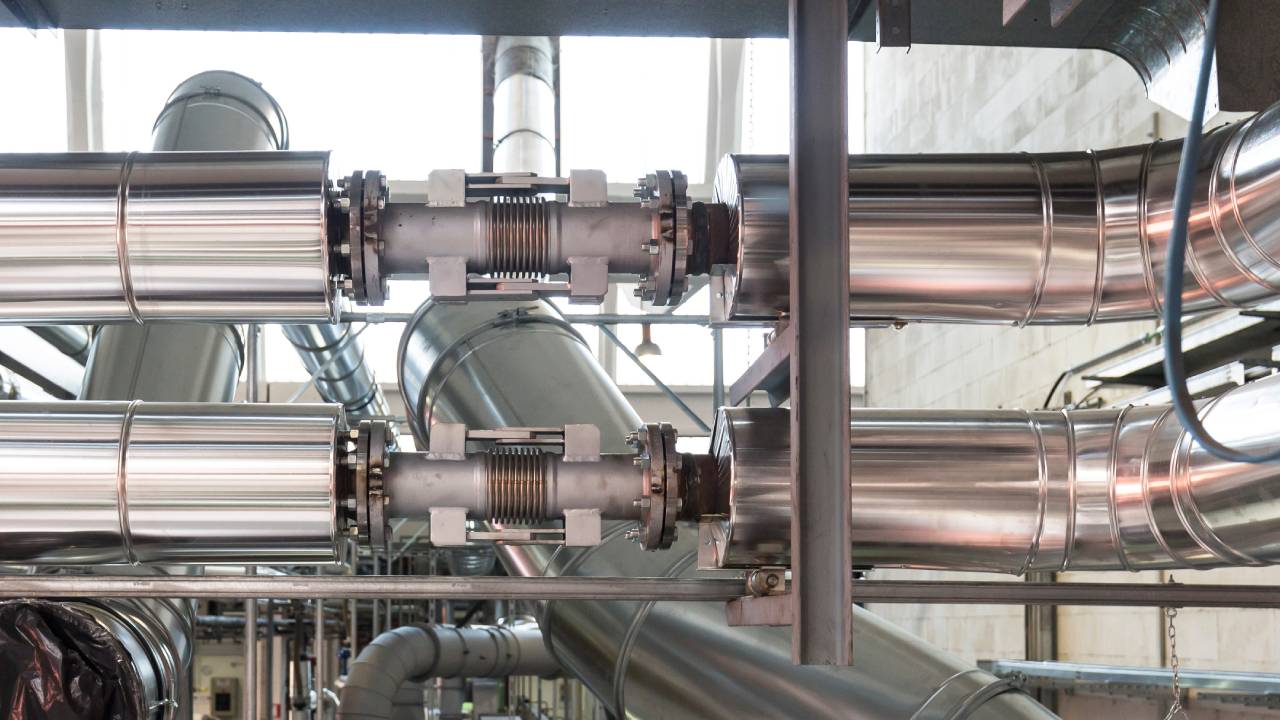Expansion joints are a critical component in piping systems, designed to maintain structural integrity against physical stresses. Whether accommodating temperature fluctuations, vibrations, or mechanical movement, these components play a pivotal role in ensuring the long-term efficiency of industrial systems.
How custom expansion joints improve operational efficiency lies in their ability to address unique challenges within diverse operational environments. By focusing on tailored designs, facility managers and engineers can significantly enhance the durability and performance of their systems.
Understanding the Role of Expansion Joints in Piping Systems
Expansion joints serve as flexible connectors that absorb physical stress, such as expansion and contraction caused by temperature variations. The piping systems they support face immense structural demands, ranging from thermal expansion to mechanical vibrations. Without efficient stress absorption, pipes can warp, crack, or even fail entirely.
Expansion joints mitigate these issues by isolating motion and directing it away from critical structural elements. Different industries rely on various types of joints for specific applications, including rubber joints for flexibility and metal bellows for high-pressure environments.
Structural Benefits of Custom Expansion Joints
Custom expansion joints are precision-engineered to meet the exact requirements of a given piping system. Tailored designs ensure proper alignment and distribution of loads, efficiently reducing stress and enhancing system stability.
By minimizing excessive strain on supports, anchors, and brackets, custom joints prevent damage caused by thermal expansion and mechanical movement. This targeted approach significantly reduces wear and tear on structural components, enhancing system longevity and resilience.
Enhancing System Longevity Through Structural Integrity
System failures often stem from expansion joints that aren’t suited to a system’s specific needs. When these joints fail to handle unique pressures, temperatures, or movements, it leads to leaks or pipe breakages, disrupting operations and causing costly repairs.
Custom expansion joints solve this by providing a tailored solution, preventing structural failures and minimizing downtime. This reduces maintenance needs and lowers long-term costs. Effective heat regulation is also key in extending the lifespan of joints and preserving the entire system’s integrity
Structural Considerations When Designing Expansion Joints
The material composition of expansion joints is vital to their functionality in high-stress conditions. For instance, stainless steel components can withstand high temperatures, while elastomers are suited for corrosive environments. Placement and sizing are equally important in preventing unnecessary strain on structural support.
Strategically designed joints balance flexibility with strength, so the system can adapt to movement without compromising stability.
The Economic Advantage of Structurally Sound Expansion Joints
Investing in custom expansion joints ultimately offers long-term cost savings by preventing structural damage and reducing the need for frequent replacements. Operational efficiency is closely tied to structural integrity, as a durable system can perform at peak capacity without interruptions. By incorporating properly designed expansion joints, businesses improve system reliability and minimize disruptions, which translates into consistent productivity and profitability.
Customization for Long-Term Success
How custom expansion joints improve operational efficiency is evident in the enhanced reliability and reduced downtime they offer, resulting in significant long-term savings. By investing in solutions tailored to their unique operational needs, businesses ensure the longevity, efficiency, and cost-effectiveness of their systems.
Custom expansion joints safeguard structural integrity and drive operational excellence. These joints directly contribute to increased system performance, making them an indispensable tool for engineers and maintenance professionals.

